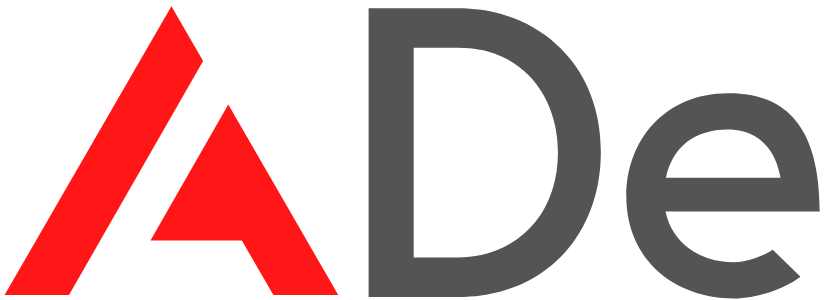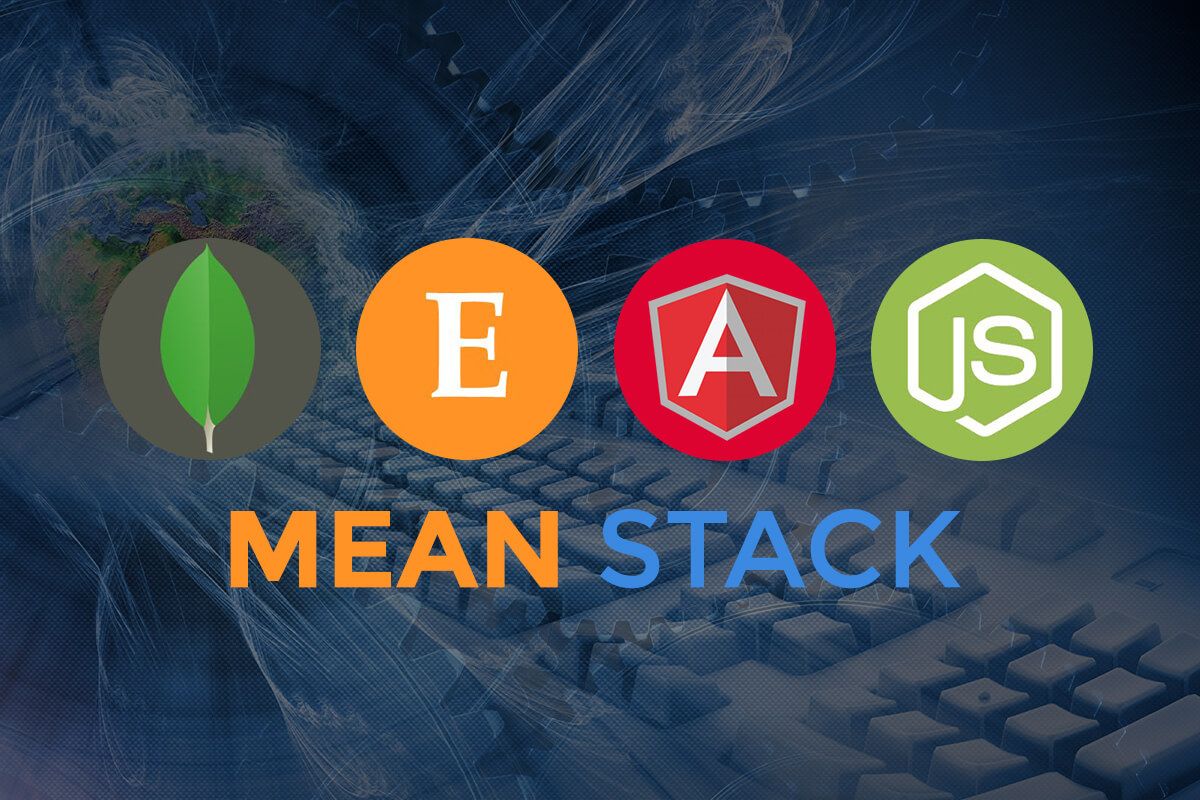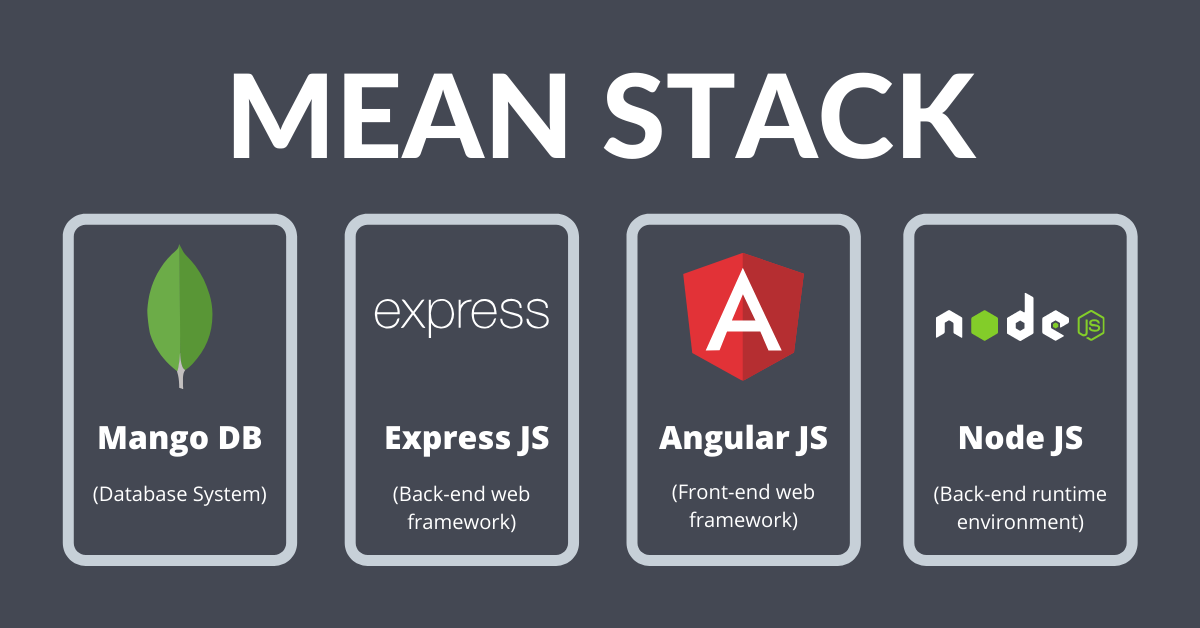The technology stack is a fixed framework used for developing a software product. This group of frameworks, as well as other tools, have been mainly selected to work together for developing a well-functioning software. MEAN is also a full-stack JavaScript framework to build dynamic websites as well as applications. This is one of the most popular technology stacks of different technologies. Hence, in this post, we are giving you an overview of MEAN Stack.
MEAN is full-stack JavaScript that leads to faster development and the deployment of the Web Application. It is an acronym for:
M: MongoDB
E: Express
A: Angular
N: Node.js
Components of MEAN stack
As MEAN has four components and every component has a specific use. These are as follows:
-
js:
This component is used for writing the Server Side Code in Javascript. Also, it runs the JavaScript code outside the Browser and is open-source. It is a platform that is built on V8 JavaScript of Google Chrome runtime. Thus, Node.js builds highly scalable and contemporary applications quickly. Nowadays, particularly among impatient mobile device users, cutting even milliseconds off the performance of your app is significant and Node.js is known for doing that. It does so by offering a Turing-complete machine for reprogramming it.
-
MongoDB:
MongoDB is a schema-less NoSQL database system and saves data in binary JSON format. The MQL is defined in JSON, and its CLI is a JavaScript interpreter. In JSON format, data flows effortlessly among all the layers without reformatting or rewriting. This format makes it easier to pass data between server and client. JSON documents that are created in your Angular.js front end could be sent to the Express.js server. There they can be processed and stored in MongoDB directly for later retrieval.
-
AngularJS:
Angular is a Front-end Open Source JavaScript Framework that is developed by Google Team. This is revised in such a way that backward compatibility is upheld. Angular projects are very simple to create by using Angular Command Line Interface (CLI) tool developed by the Angular team. AngularJS provides some awesome features such as two-way data binding. Furthermore, it’s a complete solution for quick and splendid front-end development.
-
Express:
Express is a web Framework build for Node.js and developed by taking inspiration from the well-known Ruby framework, Sinatra. It enables a developer to build web applications in Node. It provides many features to build single as well as a multi-page web application. Express has influential models for URL routing and handling HTTP requests and responses in an efficient manner. Besides, it is a backend application that links the front-end and databases.
Selecting the MEAN stack
If you are the one who is building a JavaScript application, mainly in Node.js, then you must give the MEAN stack a thoughtful look. There are sufficiently good PHP-based frameworks that work with MySQL, but all are a bit different and moving in their own direction. But, there are many popular organizations that are using Node.js in production. Some applications which can benefit from using Node are Chat applications and Real-Time Tracking applications.
MongoDB stores data in a JSON format. MongoDB fundamentally is a JavaScript and JSON data store. It is full of innovative features such as querying and indexing deep into JSON documents, has influential native Node.js drivers, and has a design for horizontal scale-out. Moreover, it is even simpler to develop apps in the cloud by using MongoDB Atlas. It is a cloud-native database as a service from the developers of MongoDB.
Many developers also choose the E and A of MEAN. Express and Angular are counted amongst the two of the most popular as well as highly supported JavaScript frameworks for both the back-end and front-end development. An angular is a powerful tool that is used for building dynamic HTML pages that connect with a back-end server. Whereas, Express makes managing HTTP requests and routing very easy. It is also known for including great support for middleware in handling JSON endpoints and forming posts too.
While MEAN is mainly suited to real-time applications. Specifically, those that are running natively in the cloud, and dynamic web applications built in Angular.js. Furthermore, you can use it in many ways as given below:
- News aggregation sites
- Todo and Calendar applications
- Interactive forums
- Workflow management tools
So, this new method of developing applications requires the use of backend applications that are very fast, easy to deploy as well as maintain. Currently, many big companies have begun to migrate their applications to Node.js. However, others are building applications using the MEAN stack technology from scratch.
Final Words
So, for end-consumers, if you are building a new cloud-based solution then you must go for MEAN, for creating a great user experience for your clientele. Additionally, MEAN is the perfect stack for building Node.js applications and a simple web application.


